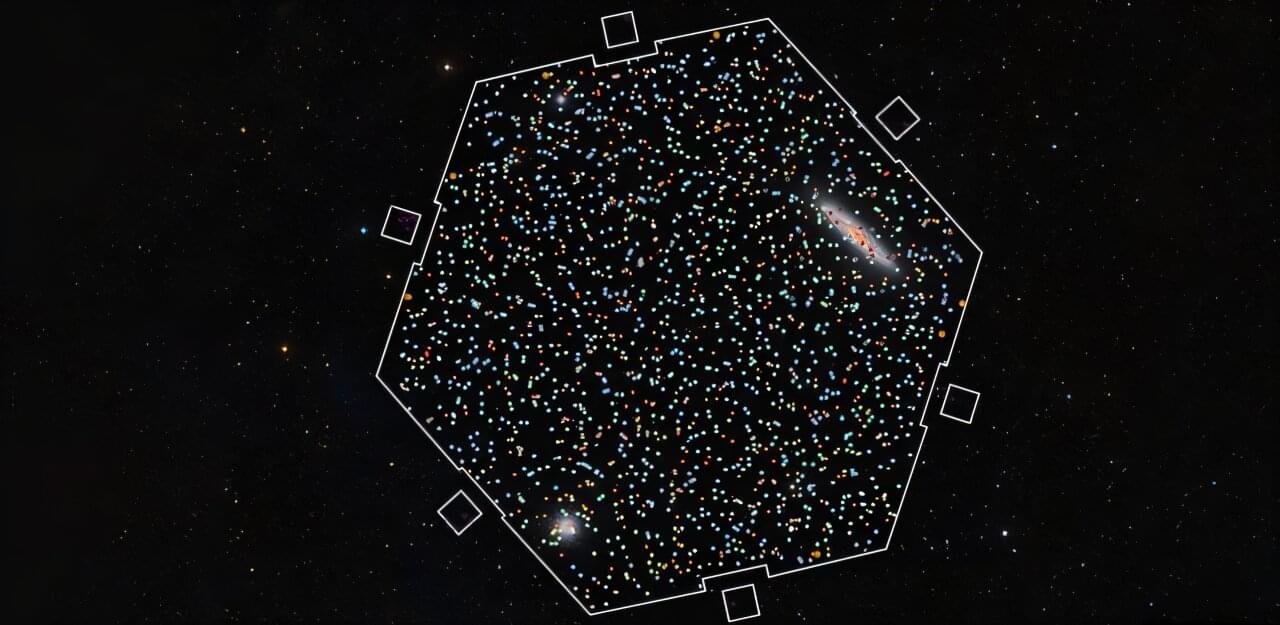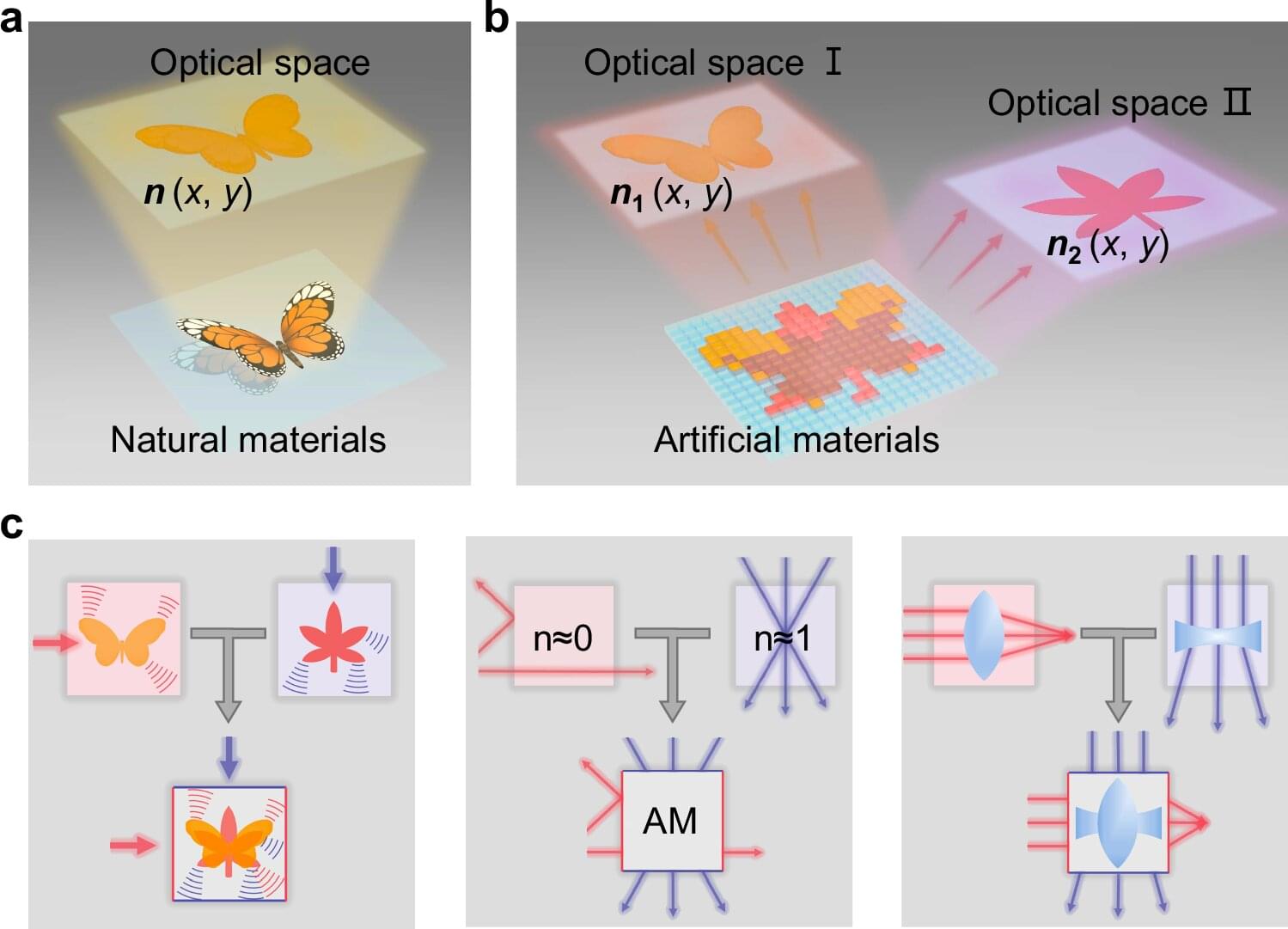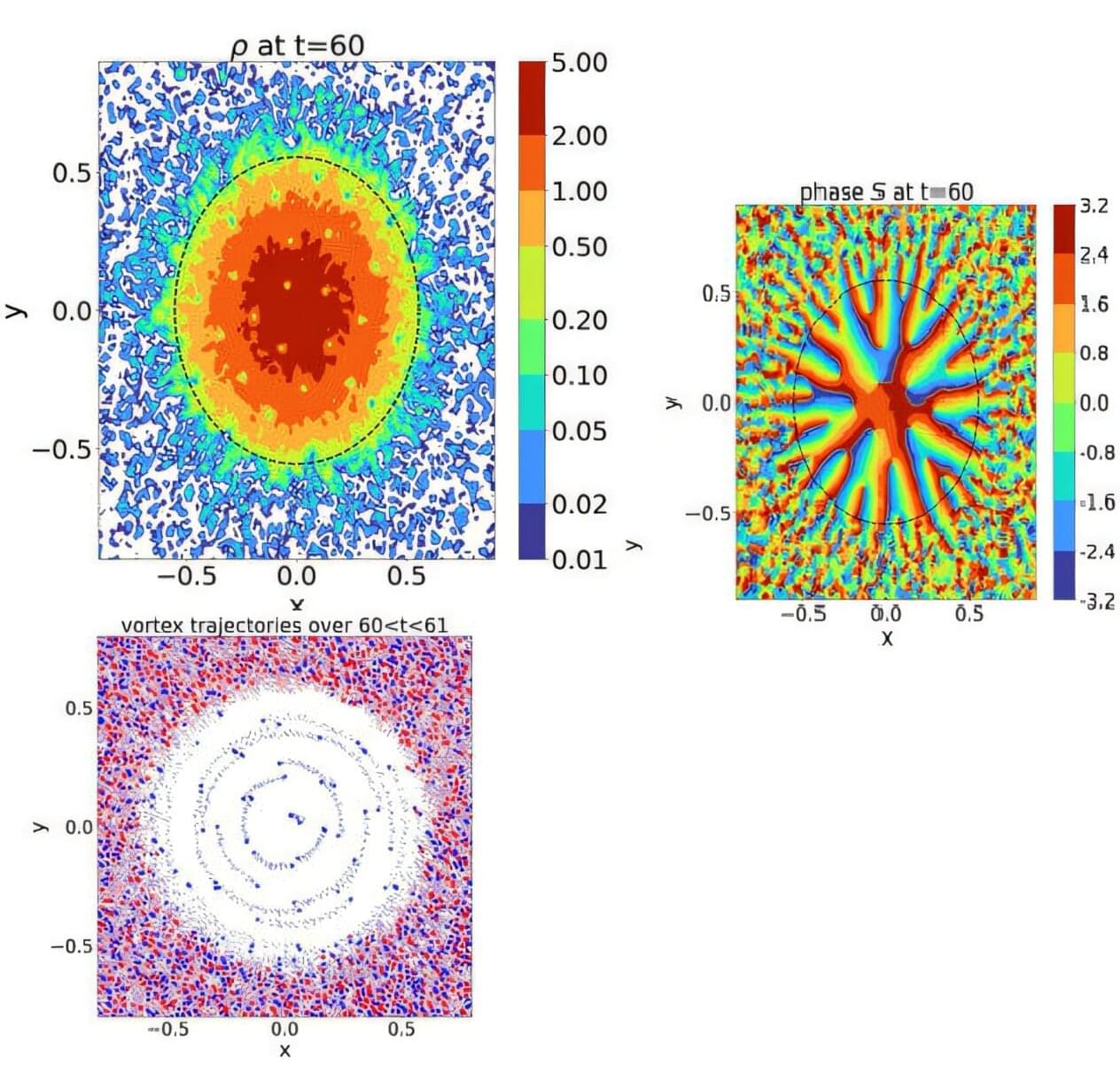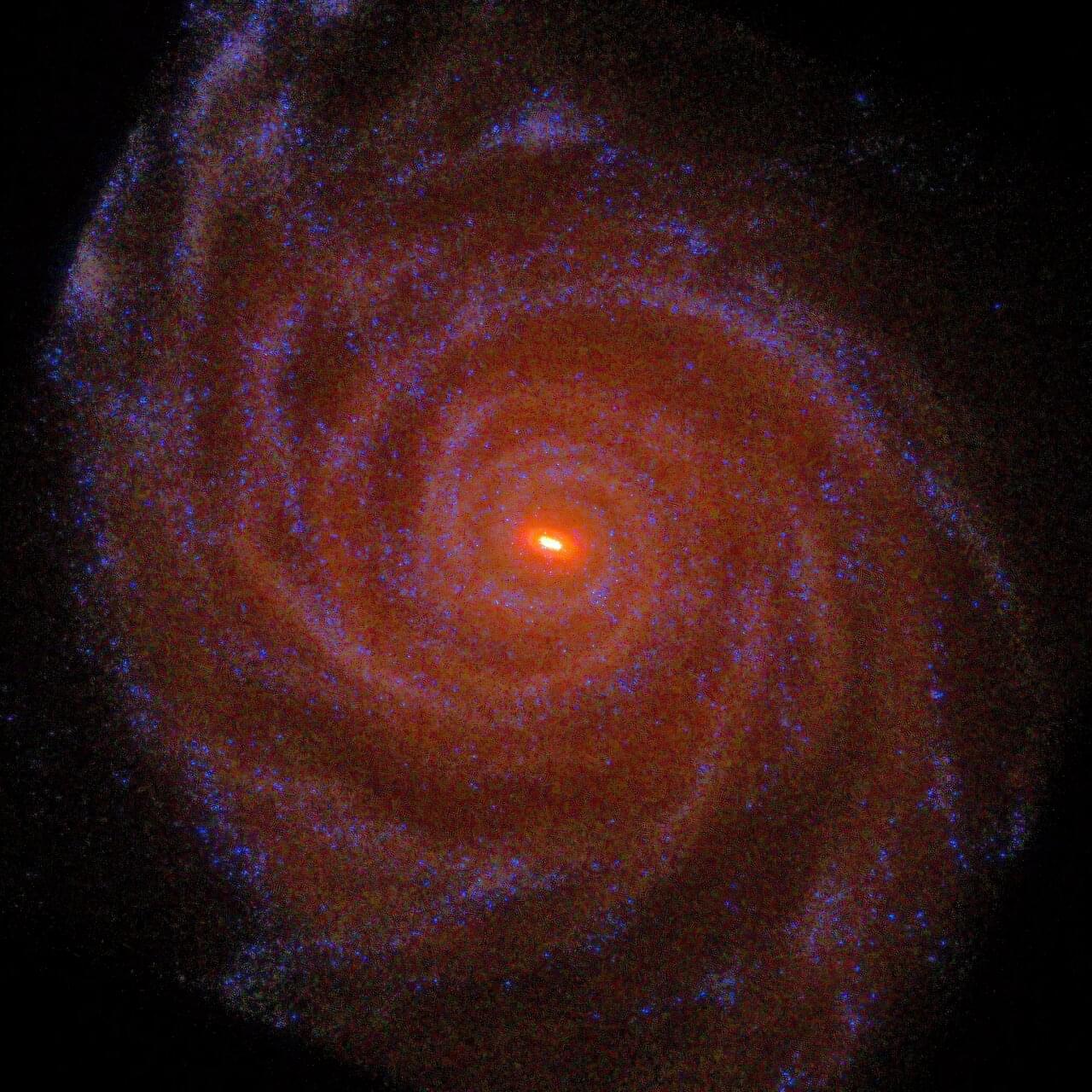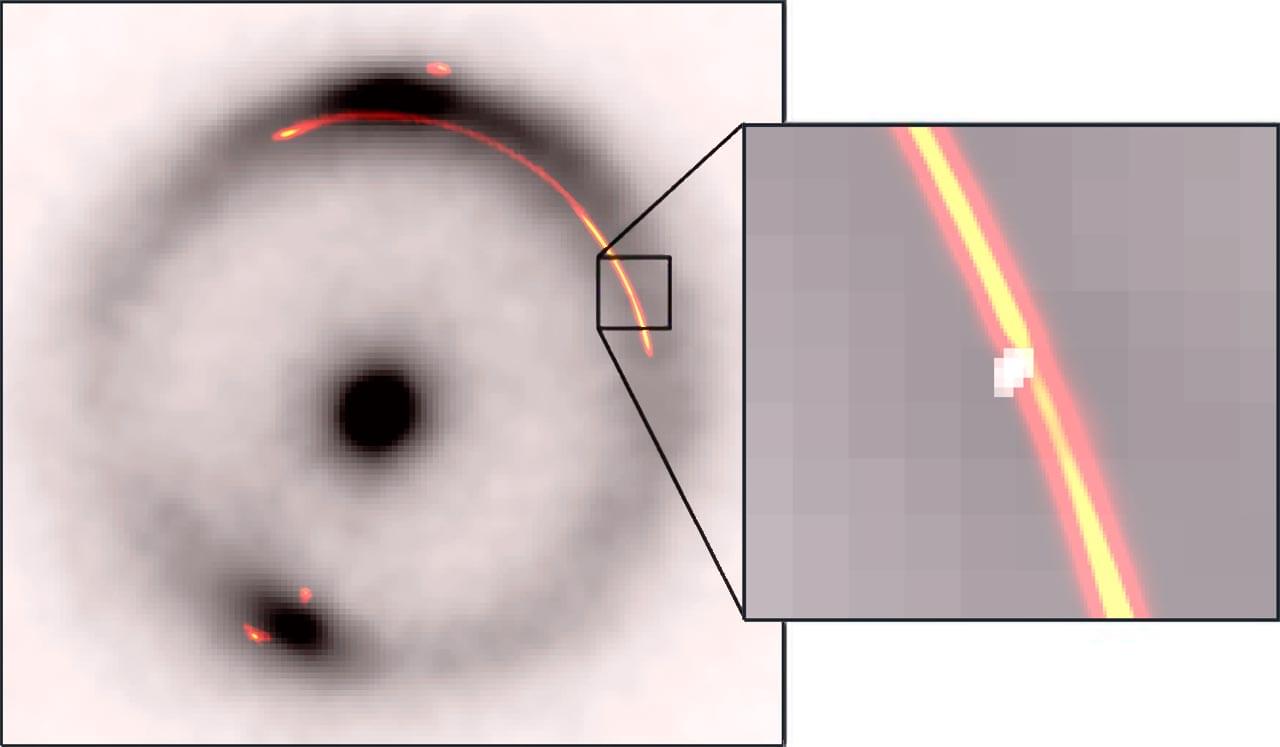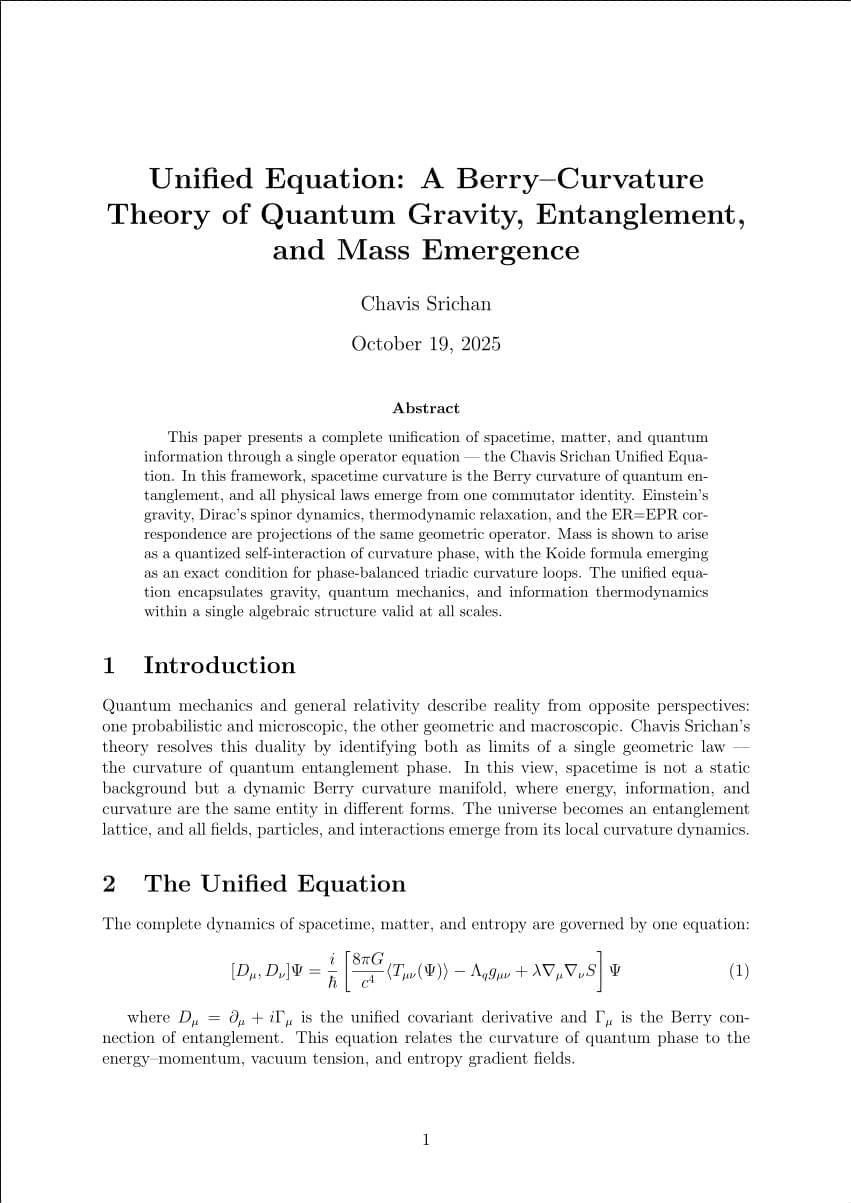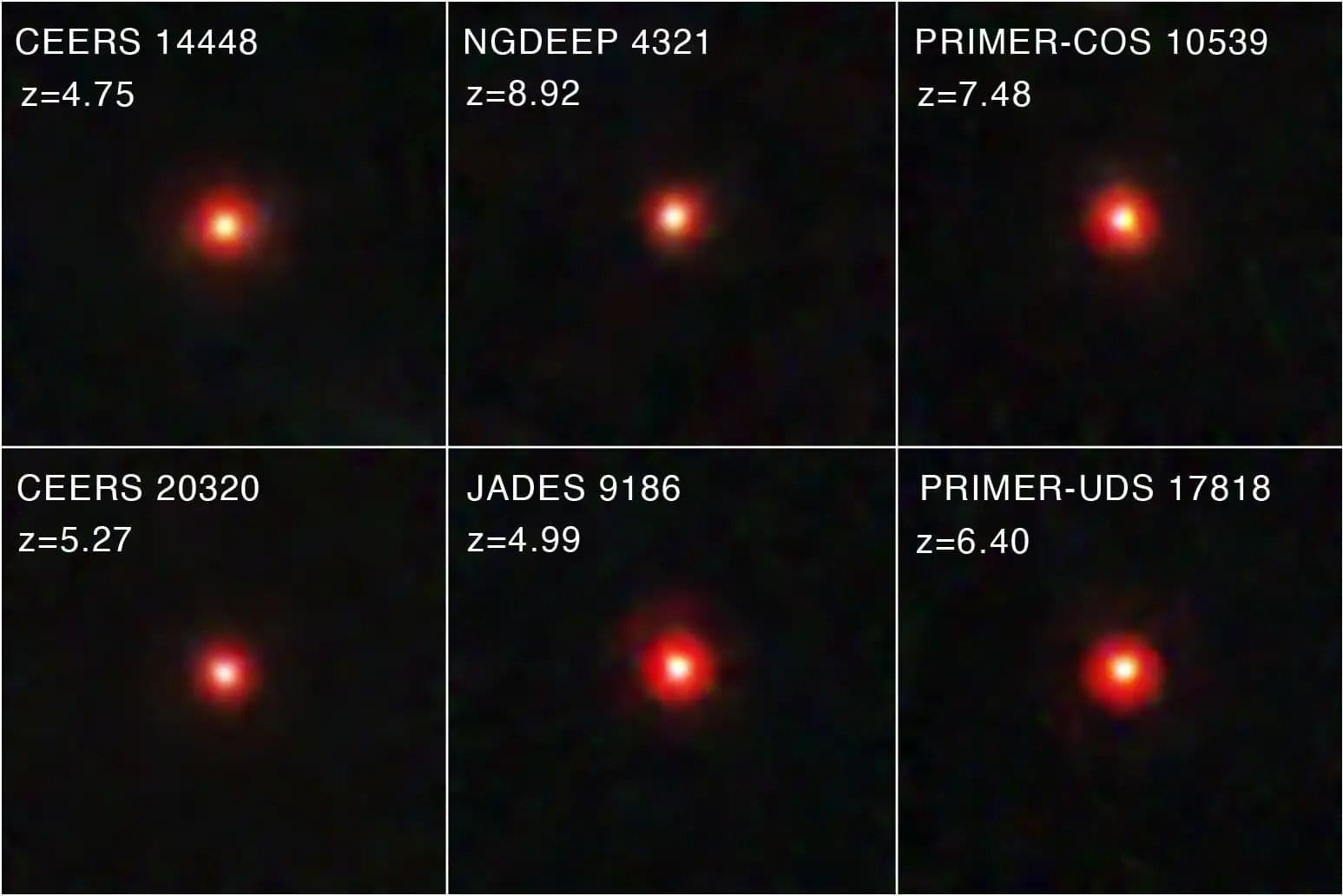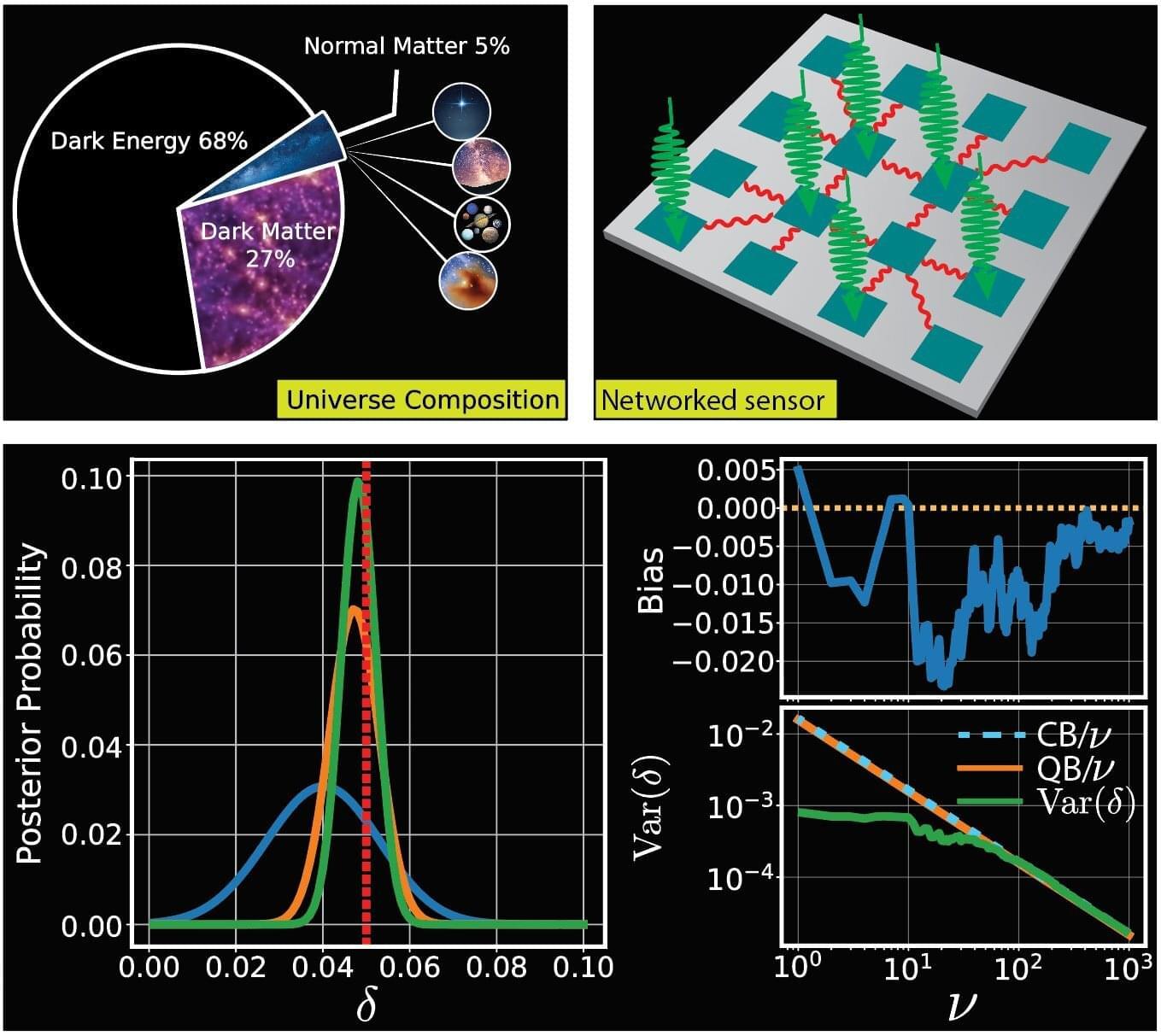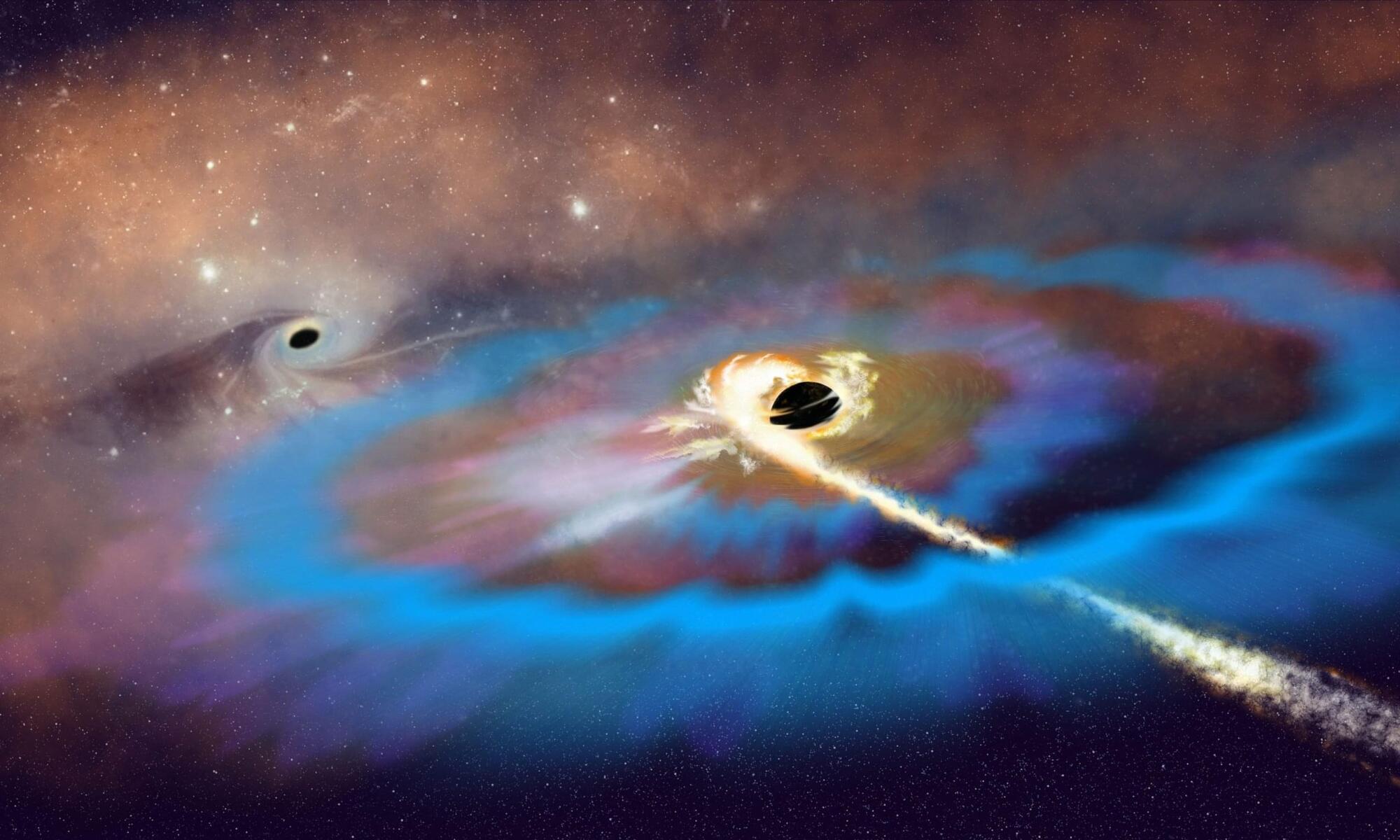New observations from the James Webb Space Telescope hint that the universe’s first stars might not have been ordinary fusion-powered suns, but enormous “supermassive dark stars” powered by dark matter annihilation. These colossal, luminous hydrogen-and-helium spheres may explain both the existence of unexpectedly bright early galaxies and the origin of the first supermassive black holes.
In the early universe, a few hundred million years after the Big Bang, the first stars emerged from vast, untouched clouds of hydrogen and helium. Recent observations from the James Webb Space Telescope (JWST) suggest that some of these early stars may have been unlike the familiar (nuclear fusion-powered) stars that astronomers have studied for centuries. A new study led by Cosmin Ilie of Colgate University, together with Shafaat Mahmud (Colgate ’26), Jillian Paulin (Colgate ’23) at the University of Pennsylvania, and Katherine Freese at The University of Texas at Austin, has identified four extremely distant objects whose appearance and spectral signatures match what scientists expect from supermassive dark stars.
“Supermassive dark stars are extremely bright, giant, yet puffy clouds made primarily out of hydrogen and helium, which are supported against gravitational collapse by the minute amounts of self-annihilating dark matter inside them,” Ilie said. Supermassive dark stars and their black hole remnants could be key to solving two recent astronomical puzzles: i. the larger than expected extremely bright, yet compact, very distant galaxies observed with JWST, and ii. the origin of the supermassive black holes powering the most distant quasars observed.
